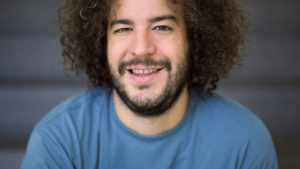Enrique Tomás (*1981) is a sound artist and post-doc researcher who dedicates his time to finding new ways of expression and play with sound, art and technology. His work explores the intersection between sound art, computer music, locative media and human-machine interaction.
Contributors 2022
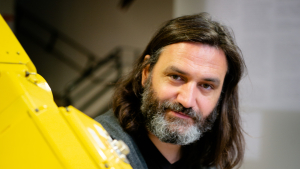
Artist examining with humour our hypermodern times. Filipe Vilas-Boas develops a satirical critique of the notion of technological progress while he draws new possible paths. His installations, videos and performances involve street interventions and participation, DIY and AI, robotics and philosophy, astronomy and music, sociology and literature. Without being a naive tech utopist or a reluctant technophobe, he explores our use of technology and its ethical and aesthetic implications.
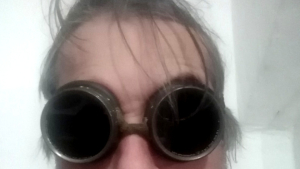
Has studied at the academy of applied art, department of ”visual communication” founded by Peter Weibel. Subsequently he was teaching computer languages, audio-visual productions, electronics and electrical technics at the same academy until 1992. At the technical university of graz he was lecturing at the departure ”institut fuer baukunst” - ”communication theory”.
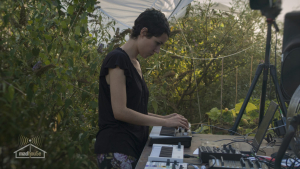
Visual and sound artist. Based in Austria since 2015. Graduated from Visual Communication BA at Centro de Diseño, Cine y Televisión (2014, MX) and Interface Cultures MA at Kunstuniversität Linz (2018, AT).
Gabriela creates participatory and social interfaces, through an interdisciplinary approach. In her work, sound and listening represent attention to the invisible and material for the sketch of temporal structures. Her work has been presented at international exhibitions, among them Transitio_MX (Mx), London Design Week (Uk), Tadaex (Ir) and Ars Electronica (At).
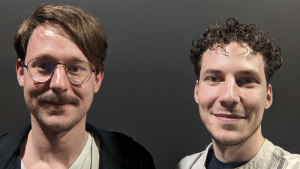
GIA (General Intelligence Agency (of Ljubljana)) is a research-based collective for building better tools for (cognitive) collective self-augmentation. In line with the concept of a global pedagogical workspace, it tries to produce the conditions for a new kind of thought to emerge.
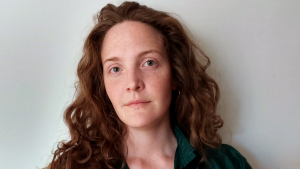
Giovanna Reder is a designer and researcher working with Border Forensics, a non-profit organisation analyzing the spatial and aesthetic conditions and conducting investigations into practices of border violence.
Giuseppe Torre [Laurea/M.Phil., MSc, PhD] is Lecturer of digital art practices at the University of Limerick. His research interest lies at the crossings between digital art practices, open source technology/culture and philosophy. These interests respond to a questioning of the relationships between technology and art, code and aesthetics, numbers and self; a process that has so far led him to question under what forms and forces truly creative efforts may, or may not, arise.
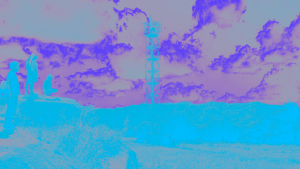
Habitat is a Residency and Collective Workshop for cultural re-activation of rural, mid-areas in Italy – an ideal environment for material practices of living, in dialogue with the territorial specificity. At the moment we (Habitat) is set at Ca' de Monti, Tredozio (IT).
This brings Habitat to be a community-building experiment, led by collective archiving processes.
One of them is the radio, mixing interviews, informal chats, convivial moments with a glass of wine, music.

Hanns Holger Rutz (b. 1977) is a sound artist, composer, performer, researcher and software creator in electronic art. His work, mainly comprised of sound and intermedia installation, live improvisation and electroacoustic composition, has been internationally exhibited, performed and awarded.


